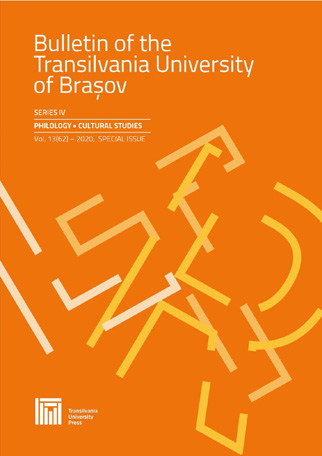Uses and functions of the Romanian marker “dar” and its English equivalent “but” in professional spoken interaction. A contrastive corpus analysis
Uses and functions of the Romanian marker “dar” and its English equivalent “but” in professional spoken interaction. A contrastive corpus analysis
Author(s): Cristina StanSubject(s): Language studies, Language and Literature Studies
Published by: Editura Universitatii Transilvania din Brasov
Keywords: English; Romanian; contrastive markers; dialogic interaction; discourse strategies;
Summary/Abstract: Based on two comparable corpora of professional spoken interaction CIVMP2 and ITICMC3 and on the idea that in the past hundred years, the way in which researchers conceived communication has changed, this paper analyzes the ability of speakers to control their behavior, actions and attitudes in the process of communication in the workplace, in an attempt to demonstrate that language is an instrument of doing things. Moreover, based on Fraser's classification (1996), this paper also analyzes two contrastive markers, but and dar, trying to show that they may be seen as equivalent. Following Schiffrin (1987), I began my inquiry by paying attention to their distribution in discourse. Thus, in the corpora I have analyzed, but and its Romanian equivalent dar have the following functions: to express a contrastive value, to continue an idea, to signal the personal correction of the speaker, to insert an objection or a reaction to the previous speech act, to emphasize a discursive idea, an obligation etc. In addition, according to the analysis on the corpora, it could be said that speakers seem to constantly adapt to the conditions imposed by the interactional, social, ideological and cultural requirements of the context, as shown by Măda (2009).
Journal: Bulletin of the Transilvania University of Braşov, Series IV: Philology & Cultural Studies
- Issue Year: 13/2020
- Issue No: Suppl
- Page Range: 153-168
- Page Count: 16
- Language: English

